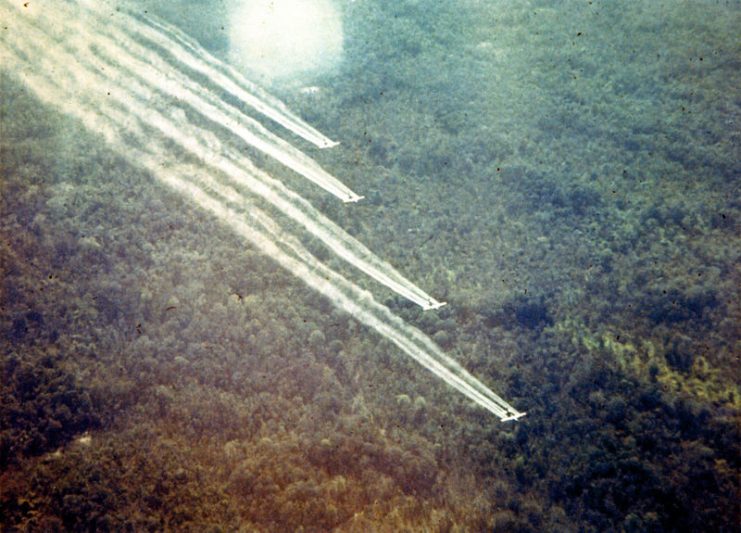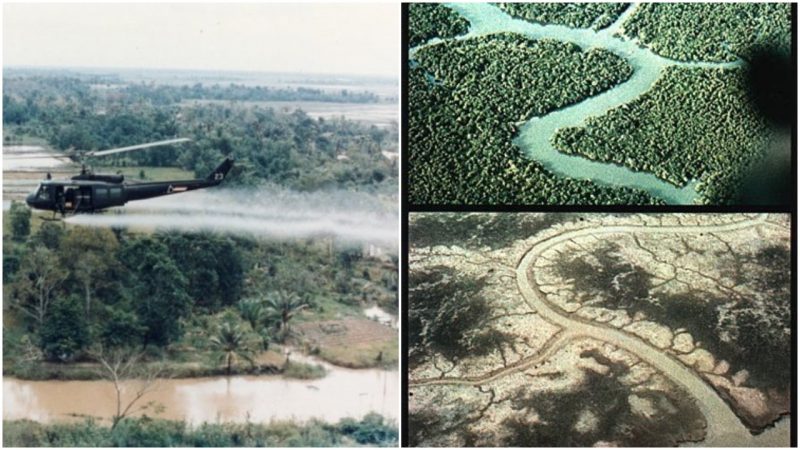Agent Orange has long been known as the toxic substance used with too much abandon and not enough care by the U.S. Army during the Vietnam War.
However, the National Academies of Sciences, Engineering and Medicine (NASEM) has recently urged Veterans Affairs in the U.S. to take a closer look at the consequences of the deadly toxin not just on American soldiers, but on the children of those soldiers.
NASEM now suspects that the toxin has caused substantial harm to many young people whose fathers fought in the conflict or were otherwise exposed.
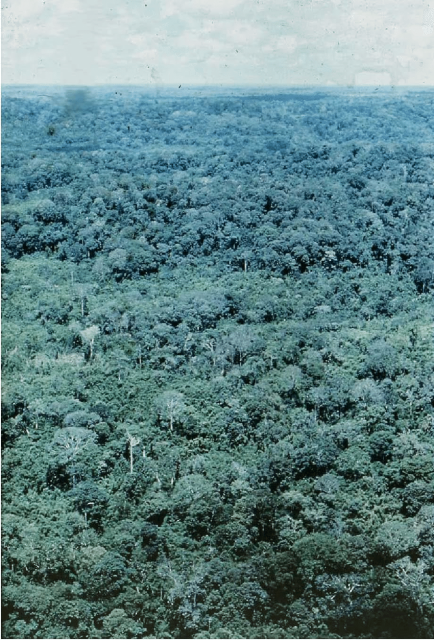
The herbicide was spread widely, over rice paddies and other foliage, to kill the lush greenery of the Vietnamese countryside, in order to reveal where enemy fighters were located.
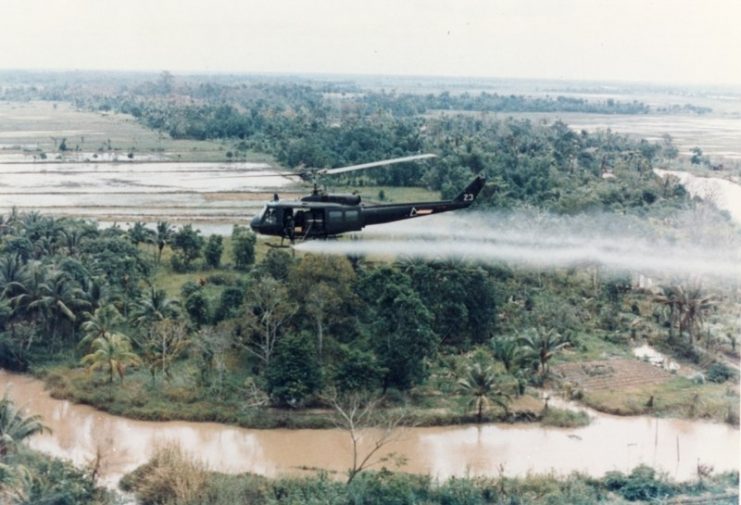
NASEM released a statement last week saying “there are relatively few studies on the health effects of paternal chemical exposures on their descendants, and none address Vietnam veterans specifically.”
Military officials acknowledge that 20 million gallons of Agent Orange were dumped on the country between 1962 and 1971. The number of military personnel affected is not precisely known, but it is estimated to be anywhere between 2.6 million and 4.3 million people.
NASEM says there is enough evidence of Agent Orange’s toxic effects to reach a conclusion about its link to hypertension. However, not all the illnesses the study investigated had such a strong connection.
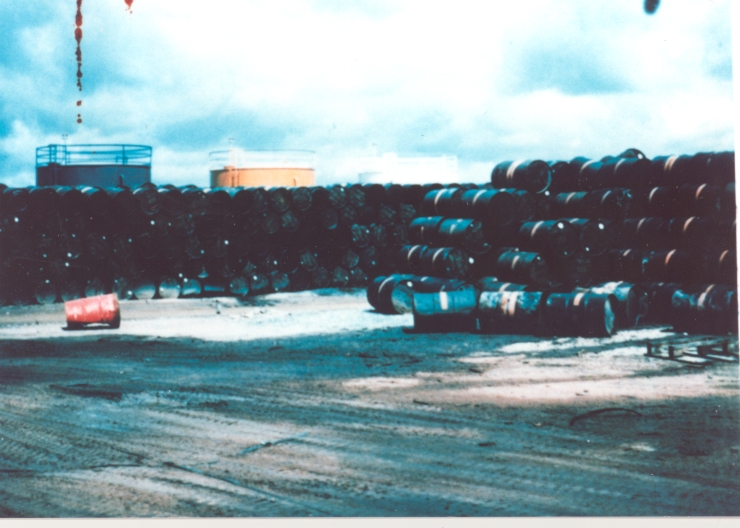
Prior studies described the link to high blood pressure as merely “limited or suggestive,” but this statement now substantiates the link. NASEM go on to say that high blood pressure is the most “self-reported” illness among the conditions studied.
One illness considered common in the children of Vietnam vets is Spina Bifida, a defect in the spinal cord that causes great pain and problems with movement.
Another illness considered but not conclusively linked to the herbicide, is Type II Diabetes. The connection between the latter condition and Agent Orange remains at “limited or suggestive,” with no solid link established yet.
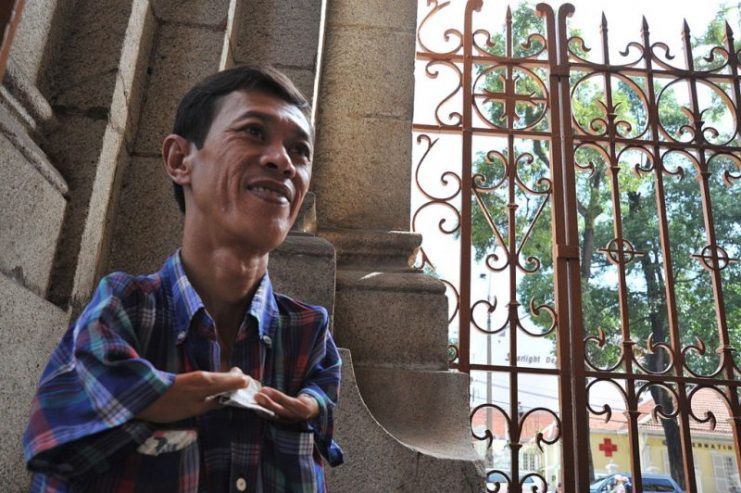
However, some people think it’s time to stop studying the link between these illnesses and Agent Orange, and instead start helping those afflicted.
Betty Mekdici, executive director of Birth Defect Research for Children, in Florida, says she has seen children of veterans afflicted with everything from endocrine system problems to difficulties with their ovaries.
Her non-profit agency has collected data from 10,000 veterans, 2,000 children of Vietnam vets, and 300 grandchildren of them. She would like to see these children helped, not simply researched.
“We don’t have ten years to look at these things,” she told a British newspaper. “These kids are having these problems right now, and we need to get on it right now.”
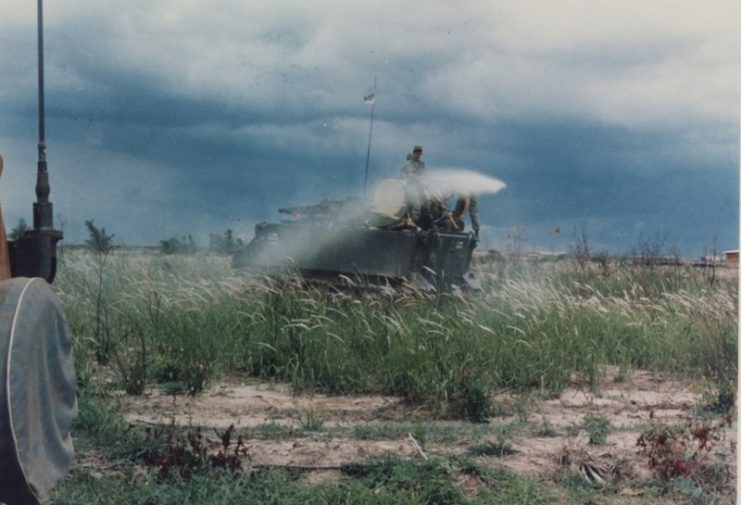
Anjelica Caye Kuhn has Spina Bifida while her father, a Vietnam vet, has diabetes and heart problems.
In a recent email to a US news network, Anjelica expressed how she felt “imprisoned” by her condition, “all because a known toxic chemical was dumped on my unsuspecting father, and millions of other unsuspecting members of our military.”
In Vietnam, as many as three million people were negatively affected by dioxin, which lingers at the bottoms of rivers and lakes and seeps into the ground. It can easily contaminate the food chain, from the smallest microbe to the biggest fish and then make its way into humans.
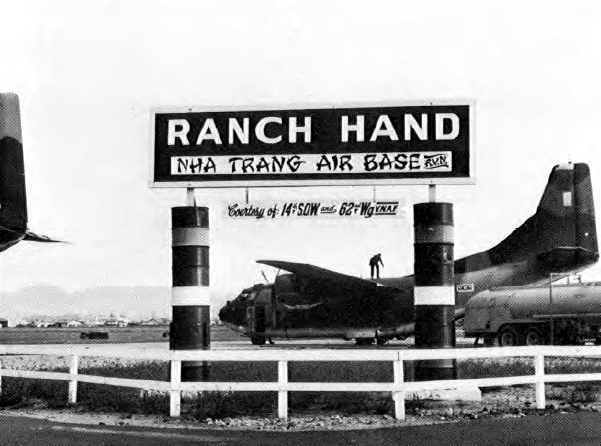
The two nations have worked hard together to clean up dump sites where dioxin lingered after the war.
The U.S. Agency for International Development is currently cleaning up a 75-acre piece of land – a so-called “hot spot” – at a cost of almost $400 million (U.S.). It will take several years to finish.
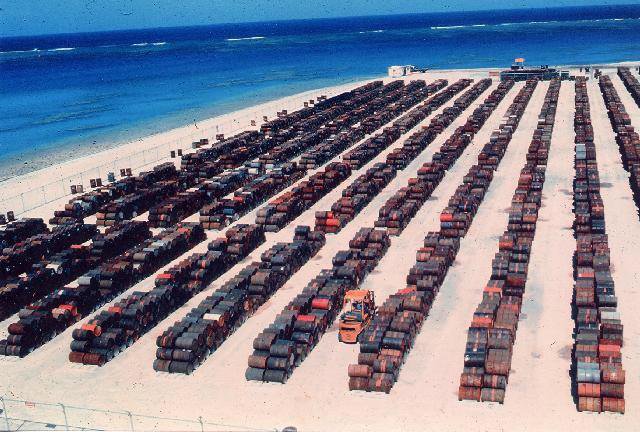
One person who sounded hopeful recently about the massive cleanup effort was U.S. Ambassador Daniel Kritenbrink, who announced that the project represents “our countries’ shared vision to be honest about the past, deal responsibly with remaining legacy issues, and turn a point of contention into one of collaboration.”
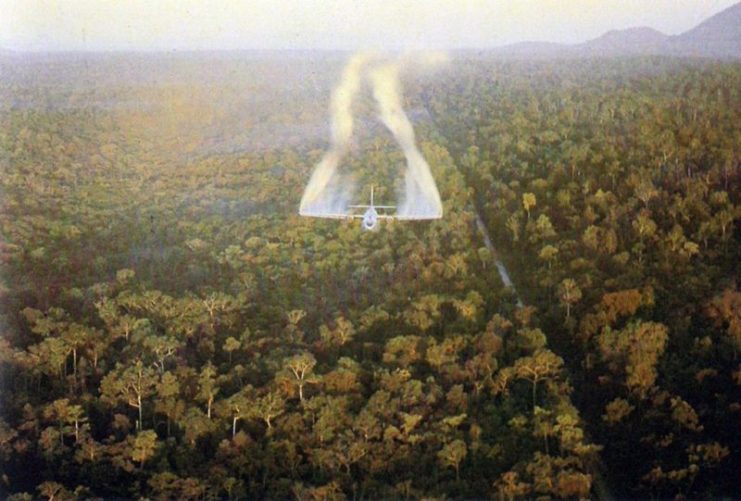
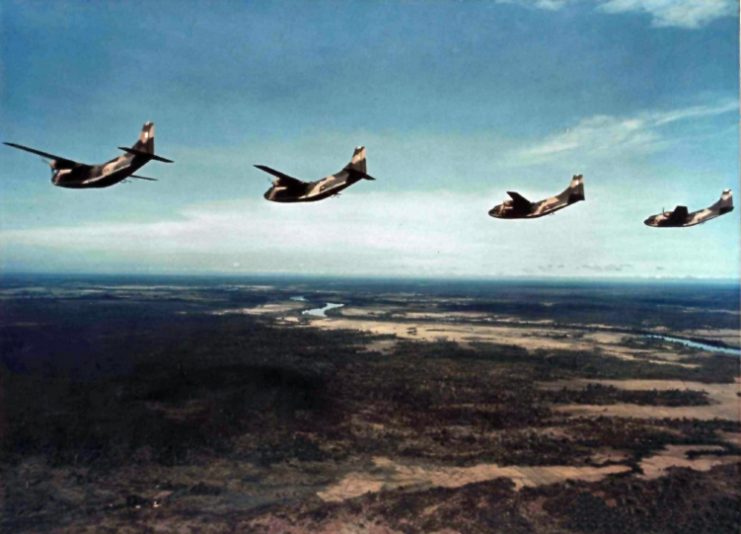
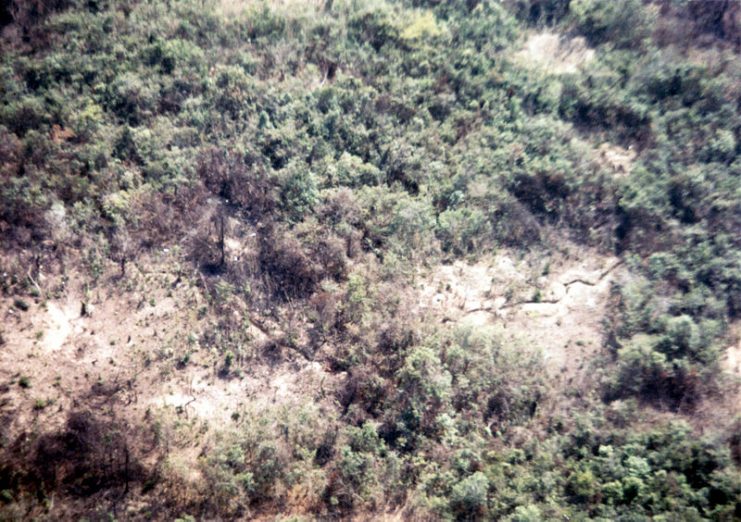
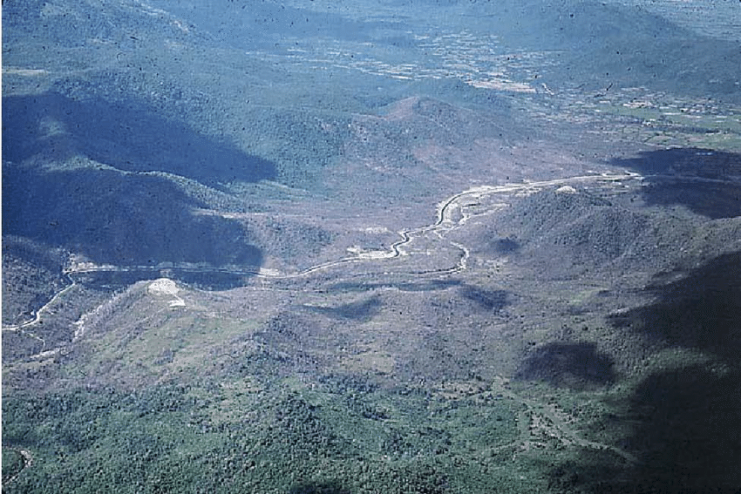
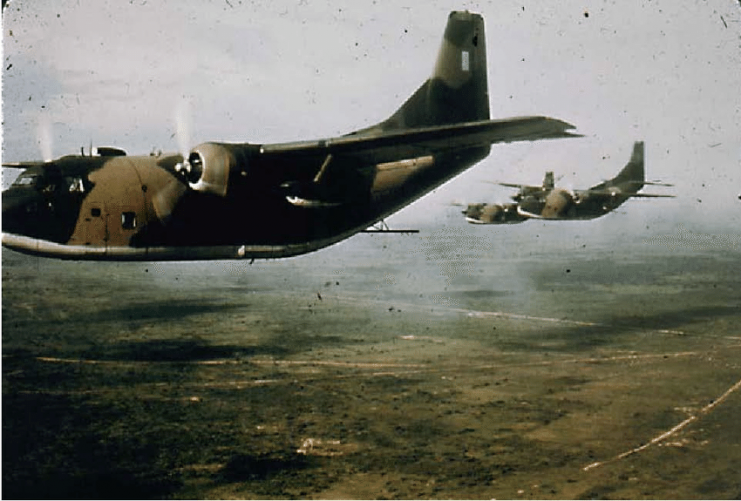
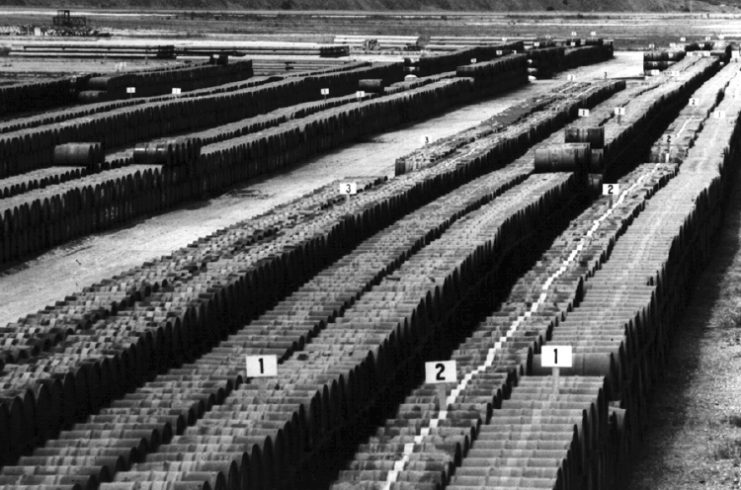
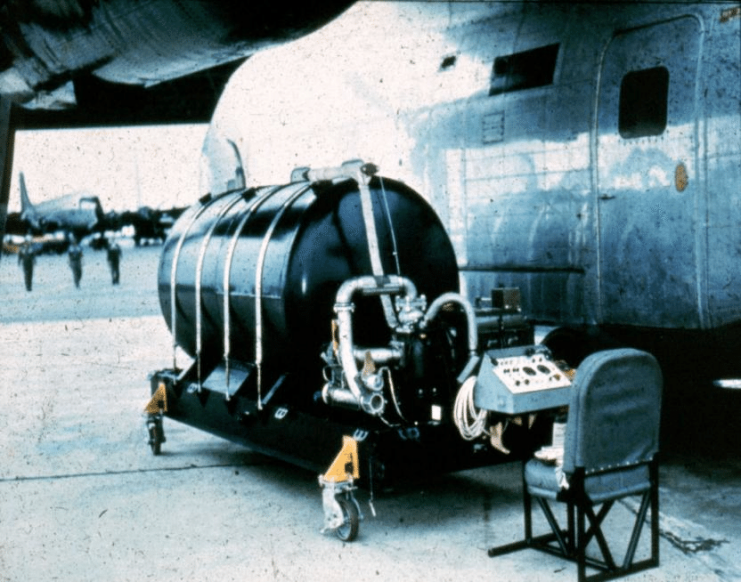
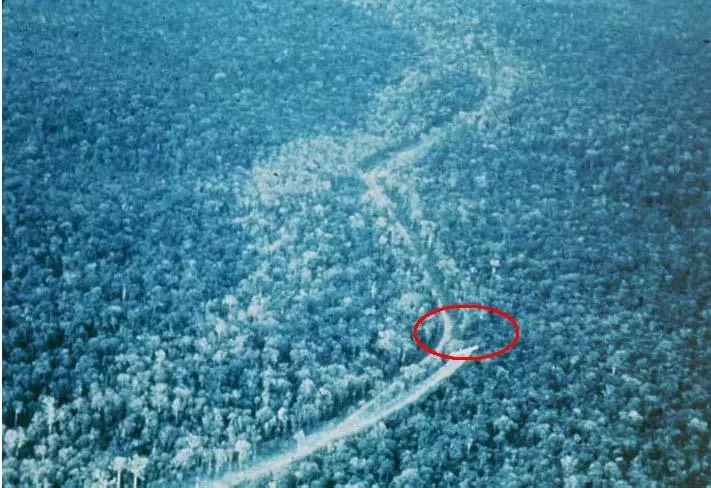
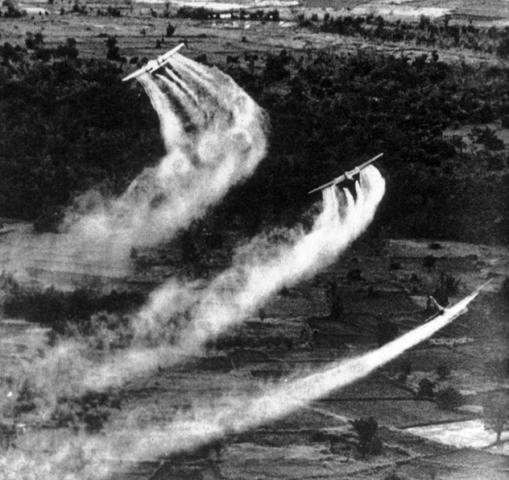
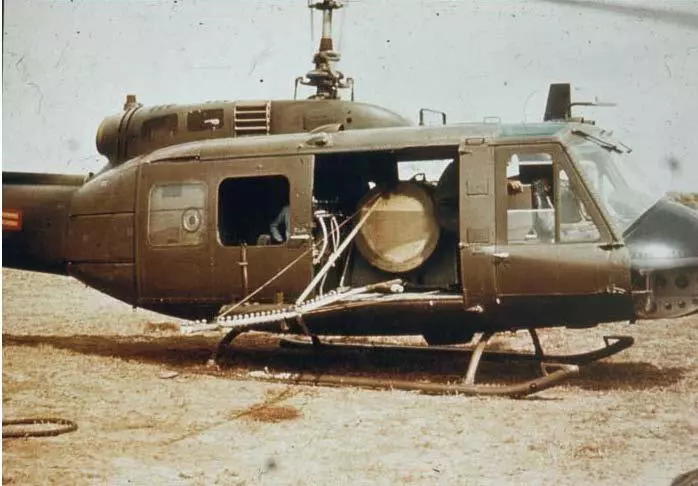
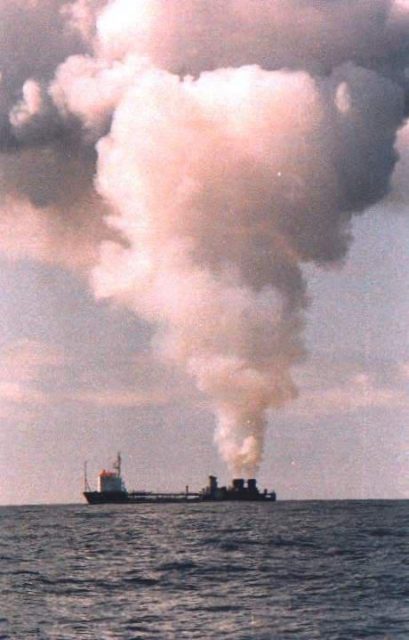
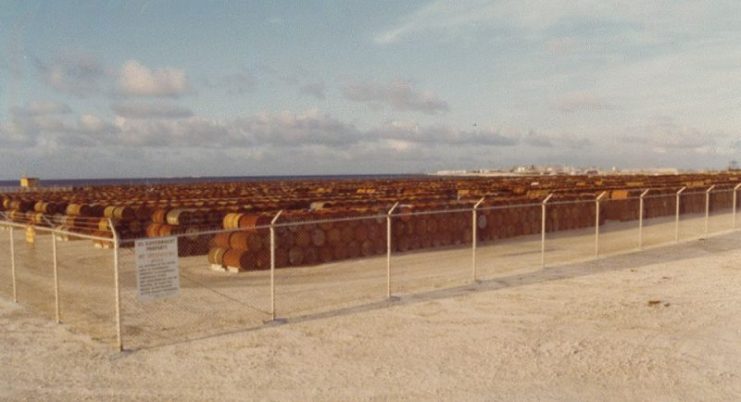
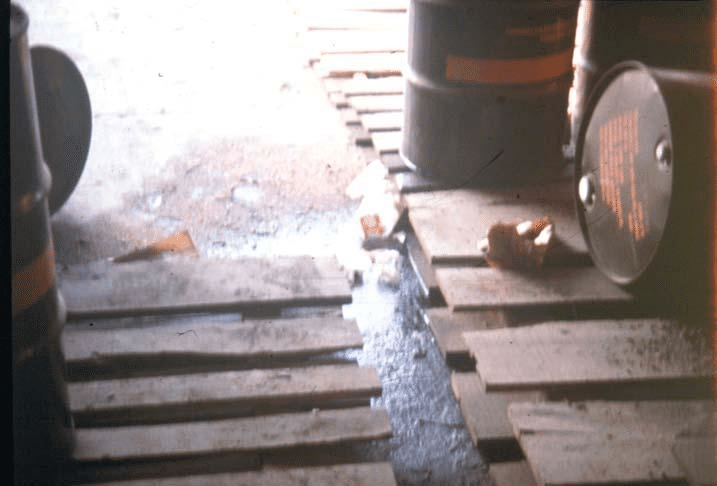
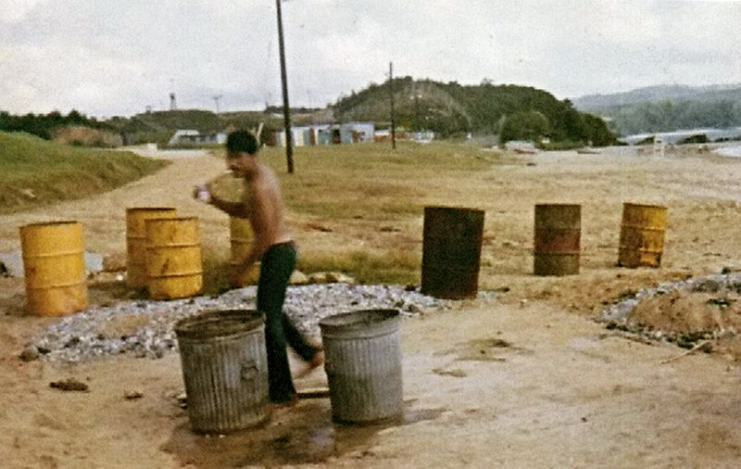
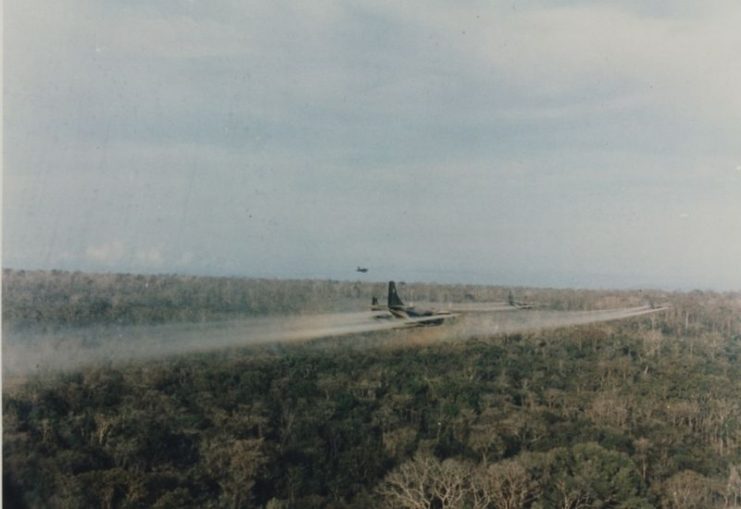
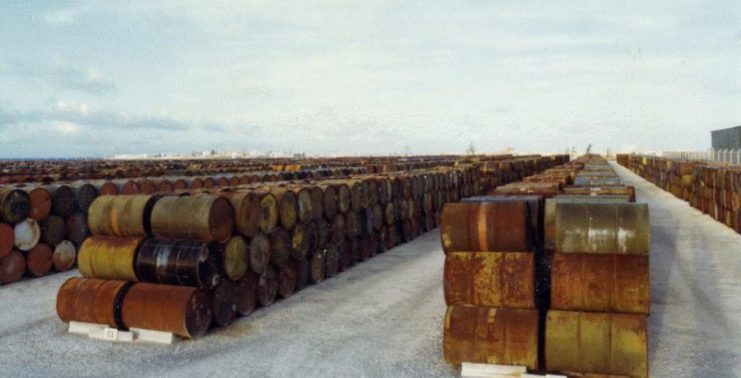
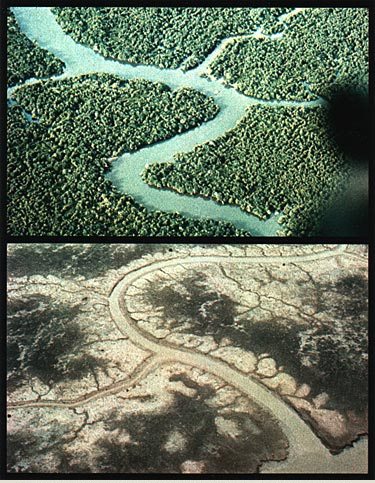
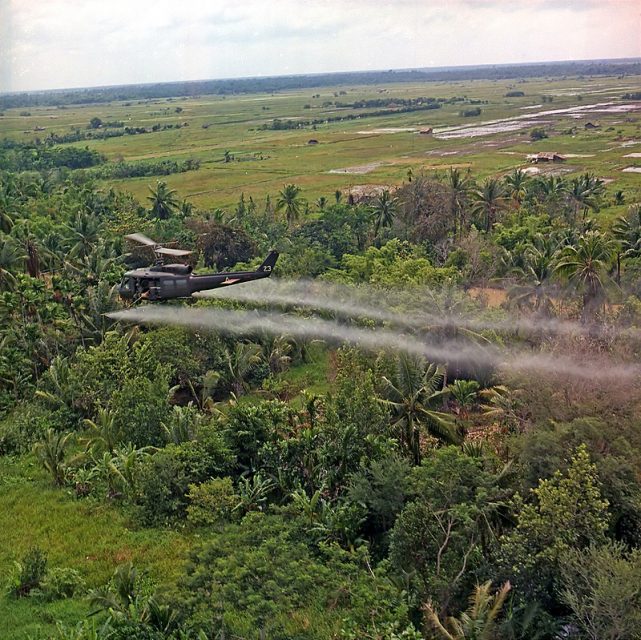
Read another story from us: Crazy: General Westmoreland initiated plan to use nukes in Vietnam
